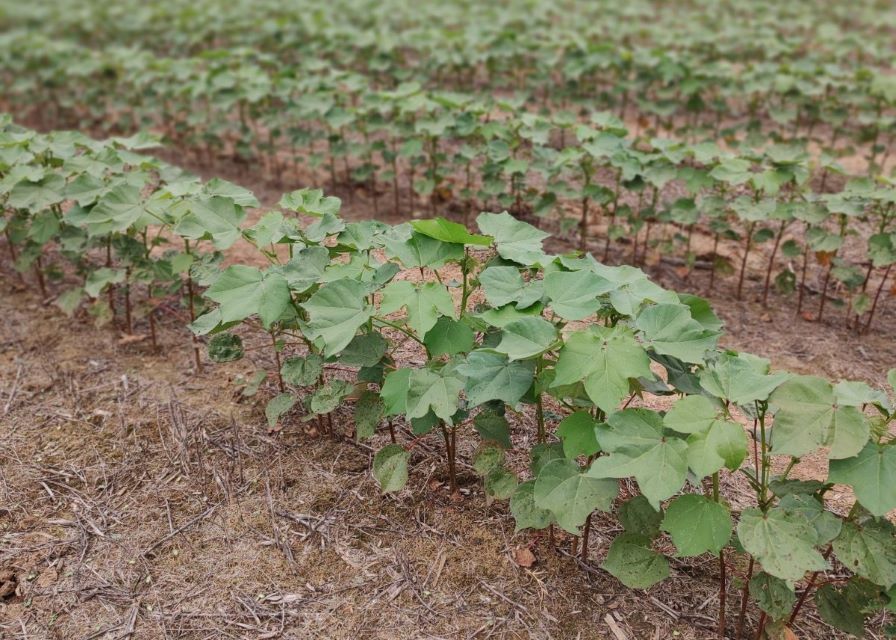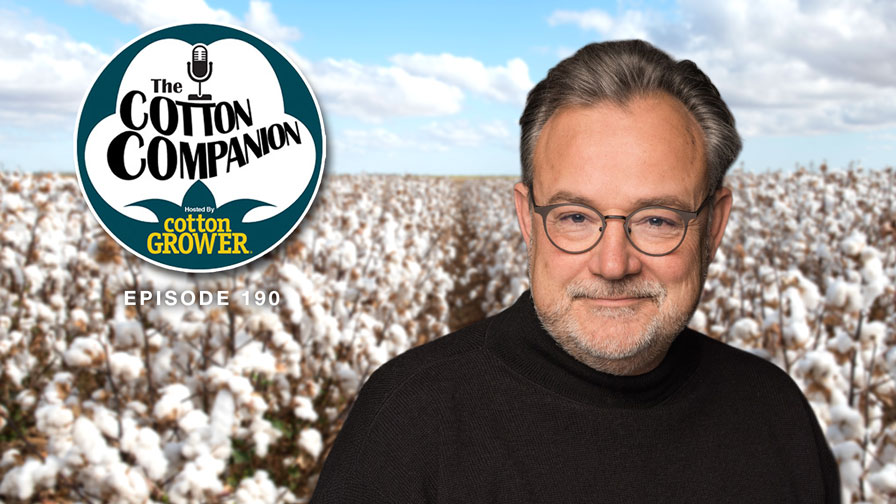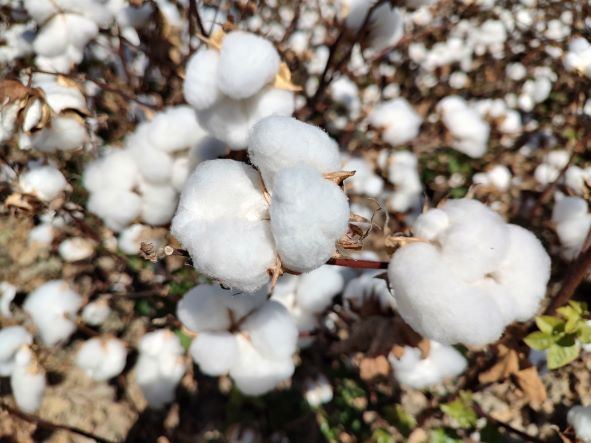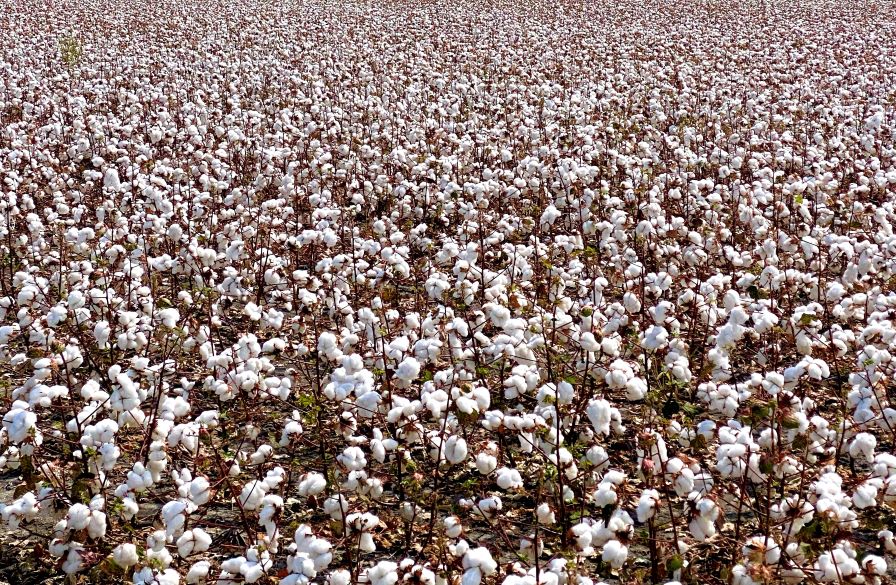Challenges and Opportunities: China and the World
In these trying economic times, if you can create a conference that draws 400 busy cotton professionals from around the globe, you should be very proud of yourself.
If, on the other hand, you expect 400 attendees – but 1,300 actually show up – then you have an achievement to be absolutely ecstatic about.
That’s why there were so many smiling faces in the beautiful seaside city of Dalian on June 15-16, 2011. Those were the dates of the 2011 China International Cotton Conference, which was organized by China Cotton Association (CCA), the Ministry of Agriculture’s Research Centre for Rural Economy (RCRE), and the China National Cotton Exchange (CNCE).
The event took place in the ballroom of the Shangri-La Hotel, which is among the most luxurious hotels in all of Dalian. The main theme was a reflection of these trying times: “Challenges and Opportunities: The Future Development of the Chinese and World Cotton Industries.” The 1,300 attendees came from 21 countries all over the world.
The events of June 15
The first session began with a welcome speech from the Organizing Committee delivered by Gao Fang, executive deputy president and secretary general of the China Cotton Association, followed by a keynote speech by Dai Gongxing, council deputy director of the All China Federation of Supply and Marketing Cooperatives. His presentation was entitled, “Facing Risks and Sharing Opportunities Promoting the Harmonious Development of China and World Cotton Industry.” On behalf of the Organizing Committee of the conference, Dr. Dai Gongxing extended a warm welcome to all the distinguished guests and representatives, and expressed his sincere appreciation to the People’s Government of Liaoning Province, and Liaoning provincial federation of supply and marketing cooperatives, for giving so much support to the conference.
Gongxing mentioned that the gap between production and demand in 2010/11 has influenced the price of cotton and thus the entire industry chain. Five months ago, in order to protect cotton growers from serious price volatility, the Chinese government promulgated the policy of cotton purchasing and temporarily stockpiling. This made the previously temporary cotton reserve policies normal and regularized.
He added that branding is the basic sustainable development of Chinese industry. In 2010, the China Cotton Association began to popularize the mark of COTTON CHINA, aiming at creating industry brands, promoting Chinese cotton products, and enhancing the overall quality and competitive edge of China cotton consumption.
Gongxing ended his speech by saying that economic globalization has helped China become a community. As an old Chinese saying goes, “A single thread can’t make a cord, nor a single tree make a forest.”
In 2008, facing the global financial crisis, Chinese Premier Wen Jiabao once said, “Confidence is more important than gold.” Today, China is facing new difficulties and challenges where confidence is even more crucial.
For the remaining speakers, the theme of the day on June 15 was the macroeconomy and the cotton industry. They addressed the following subjects:
• agriculture products price change and macro control,
• development strategy for China’s cotton industry,
• supportive fiscal policy and sustainable development of the cotton Industry,
• the status, problems and solutions for China’s cotton production, trading environment and import/export policy for cotton and textiles, and
• prospects for the Chinese textile industry.
That evening, the Organizing Committee held a banquet that included a very successful fashion show. Some of the participants even took part in the fashion show (see sidebar at left)!
The events of June 16
On the second day, sessions were divided into two categories. The first part focused on the cotton and textile markets. The speakers covered the following areas:
• global cotton market outlook,
• Chinese cotton market situation,
• prospects for United States supply and demand in 2011/2012,
• analysis of cotton market condition and risk management,
• investigation and analysis on production and market behavior of cotton growers in China,
• the establishment of China cotton logistic information platform, and
• challenges and opportunities: an analysis of China’s cotton textiles.
The second theme focused on the future development of the Chinese and global cotton industries. Speakers talked about the role of the cotton reserves mechanism; “cotton in the 21st century: sustaining our industry’s future”; naturally colored cotton and modern textiles; promotion of the Better Cotton Initiative and creation of a sustainable cotton value chain in China; and trade for sustainable development – T4SD “Standards map.”
High-profile roundtable discussions
At the end of the conference, there were two special roundtable sessions.
The first included the following cotton key people:
• Gao Fang, executive deputy president and secretary general, China Cotton Association
• Lu Huaiyu, president, Guoxin Rural Technical Services Association
• Huang Hongyu, deputy president, Henan Tongzhou Cotton Trade Co.
• Zhu Lanfen, honorary deputy president, China Cotton Textile Assn.
• Xu Yiqing, capacity department manager, Puls Trading Far East Ltd.
First, Gao Fang introduced the panel and discussed their accomplishments in the cotton industry, and the discussion then moved to the challenges that the growers face, such as the prolonged increase in labor costs. They also mentioned that the current market prices are getting higher and that is a good situation for all of the dealers in the cotton industry. In closing, they believed that the era of the low price of cotton has ended and we should accept fundamental changes in market fluctuation. But the government should cooperate with the growers and develop a strategy to resist the risks.
The textile industry did well last year, although they have had to face increased competition and push supply up to meet demand. Over the last year, the price of the cotton was increasing and mills had to accept a certain amount of risk, but smaller companies had to look for bigger companies to meet the high prices of cotton.
One of the participants asked which is more important for them, as leading industrialists: the domestic market or the international market? The panel’s reply was that they should seek balance in both the domestic and international markets, adding, “If you are interested only in the international market, live abroad.”
Another attendee asked, with the continuous increase of the cotton prices, whether cotton could be replaced by artificial fibers? The panel replied in the negative, saying cotton will not be replaced by artificial fibers because consumers are willing to pay more to get natural products.
The second session’s roundtable included the following people:
• Ding Haowu, general manager of CNCE
• Ray Butler, president, International Cotton Association
• William May, president, American Cotton Shippers Association
• Mitchel John Douglas, president, CICCA
• Wang Jianhong, deputy secretary general, CCA
• Chen Tao, chairman, Louis Dreyfus Trading Co. Beijing
• Wang Gongzhu, general manager, Anhui Huamao Textile Co.
First, the panel discussed the ways to deal with price fluctuation in the domestic and the international market, as well as the various ways the industry can increase demand for cotton and how governments can impose strict regulations to control the volatility.
In closing, the Organizing Committee thanked all of the attendees, both domestic and those from overseas, for their participation and looked forward to seeing them all again at the next conference.
CCI Debuts “Naturally Connecting the World” in Beijing
Earlier this year, Cotton Council International (CCI) made a big splash in China when it introduced its “Naturally Connecting the World” theme with Cotton USA ambassador Da S (Miss Xu Xiyuan) and celebrated fashion designer Alex Wang.
“This is a great day where I see more and more friends joining us to live an eco-friendly and sustainable life,” said Karin Malmstrom, director of CCI China. The design debut was jointly kicked-off by Karin Malmstrom and Jimmy Webb, CCI’s vice president and an American cotton farmer who represents the very beginning of U.S cotton supply chain, as well as CCI licensee representatives.
Inspired by “Naturally Connecting the World” campaign theme, CCI concept design included two parts:
a special collection from CCI licensee representatives, and
a gown and blessing quilt designed by Alex Wang.
During the fashion show debut, Malstrom also noted that, “The support from COTTON USA licensee partners along the whole supply chain is testament that the Chinese market is dedicated to environmental protection alongside economic and social development.”
Licensee partners that participated in the fashion show include: ASHWORTH, CROQUIS, DAZZLE, Dickies, ELLE Children, Huafu, Icicle, JNBY, Levi’s Children, Lotto, Nautica, and VIGOSS USA JEANS.
The “Naturally Connecting the World” campaign is the third promotional campaign that CCI has held to promote its “Naturally” theme. All promotional activities for this year are introducing and featuring the whole cotton supply chain including cotton growers, spinners, weavers, knitters, dye-houses, garment and home textiles manufacturers, brands and retailers.
The display area featured products from 21 licensee brands as well as the elegant “Naturally Connecting the World” masterpiece by Alex Wang adorned with various beautiful cotton-made leaves to represent the natural and comfortable feel of cotton.









